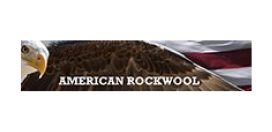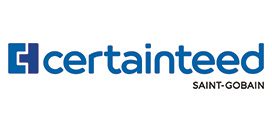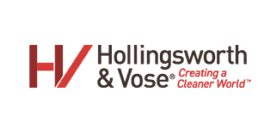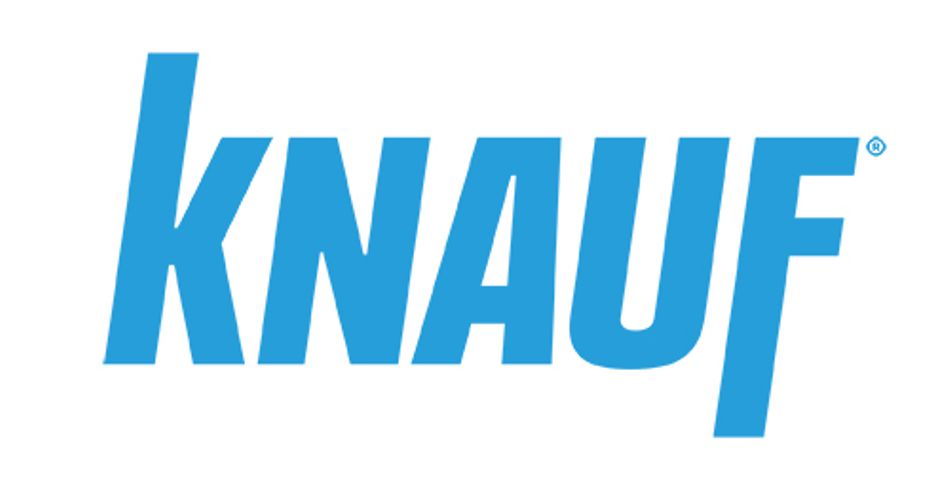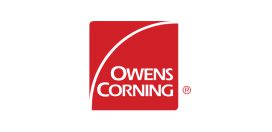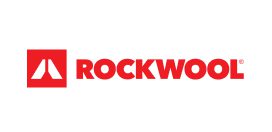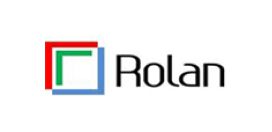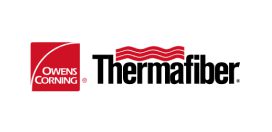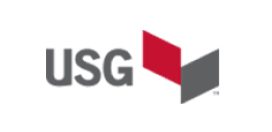Insulation, Energy Codes, & Housing Affordability (N174)
–+Homeownership affordability is one of the toughest challenges facing Americans today. It’s not just the cost of building a home but also the cost of maintaining one that impacts the buying decision. Learn why modern building energy efficiency codes are the hidden ally in housing affordability.
Carbon Payback Scenario Analysis
–+ICF carried out an energy and carbon modelling study to analyze the potential use-phase emission reductions realized through the installation of building envelope insulation for residential and commercial new construction. The study focused on one residential prototype: single-family detached home, and six commercial prototypes: midrise apartment building, medium office, retail strip mall, primary school, secondary school, and warehouse.
Setting the Record Straight: Insulation and Low Carbon Buildings (N170)
–+This guide aims to correct misleading carbon claims made by some cellulose and wood fiber insulation manufacturers. It highlights why commonly available, cost-effective fiberglass insulation is among the best building materials for low-carbon construction. The guide contains data from recent reports that examine the carbon impacts of various insulation materials during the production stage, use phase, and considerations for the end-of-life cycle for insulation products. By offering transparency and accurate citations, the analysis presented here brings clarity to the topic.
Passive House Construction with Fiberglass and Mineral Wool (N152)
–+This guide provides an overview of passive house construction, compares net zero, code-built, and passive house construction, and presents a case study of one Colorado architect who designed and built his own home to the passive house standard using fiberglass and mineral wool insulation.
25 Checkpoints for Inspecting Insulation Jobs (BI497)
–+A “How to Install Batt Insulation” Videos Series
–+Helps to answer the question “How do I install batt insulation?”
- Video 1/3 – Pre-insulation Walk-Through
- Video 2/3 – Insulating Tips From the Pros
- Video 3/3 – Insulation Inspection
Brian Coble, Director of High Performance Homes for Advanced Energy walks viewers through an ENERGY STAR Home and points out every area of a home that must be insulated to meet RESNET Grade 1 Insulation Installation Requirements. Meeting specific energy efficiency criteria with fiberglass, rock wool and slag wool batt insulation can be easily achieved if the insulation and air sealing package is installed with professionalism and care. Additional energy efficiency measures that need to be performed prior to installing home insulation is also addressed.
A Performance Comparison of Today’s Environmental Home Builder & Renovation Projects – Canadian Market (NACA101)
–+Air Infiltration Myths and Realities (BI498)
–+An Illinois “Passivhaus” (RP064)
–+Attic Insulation Performance: Full Scale Tests of Conventional Insulation and Radiant Barriers (Executive Summary) (RP051)
–+The tests, conducted in Ocala, FL during 1987-1988, investigated the comparative performance of radiant barriers and conventional fiberglass insulation in reducing the ceiling heat flows that result in loads on the air conditioning and heating systems.
Building Design & Construction White Paper (NAIMA039)
–+The White Paper concludes with an “Action Plan,” a set of recommendations designed to encourage further dialogue about sustainable development.
Building Design & Construction White Paper: Progress Report on Sustainability (NAIMA041)
–+This paper follows up on the recommendations made in the 2003 white paper by the same group.
Included is a progress report on the 2003 action plan and new recommendations for advancing green building.
Building Insulation: A Performance Comparison (BI502)
–+This piece compares the most common insulation selection criteria for fiberglass insulation, cellulose insulation, rock and slag wool insulation, cotton insulation and spray foam insulation. Comparison data includes information on thermal performance, fire safety, moisture absorption, settling, recycled content, product testing and more.
Facts #11: Facts About Ventilation and Moisture Control (BI458)
–+Facts #14 Wet-Spray Cellulose Insulation Systems (BI460)
–+Discusses concerns about wet-spray cellulose and its effectiveness, including thermal performance, moisture control, air infiltration and corrosiveness.
Facts #15: Achieving Expected Thermal Performance (BI461)
–+Facts #21: High-Performance Batts for Walls and Cathedral Ceilings Offer Energy and Money Saving Construction Alternatives (BI467)
–+Facts #24: The Facts About Insulation And Air Infiltration (BI480)
–+Facts #30: Insulation and Fire Safety (BI472)
–+Facts #70 – Fiberglass Building Insulation Products: The Facts About Mold Growth (BI483)
–+Facts #79: DOE Releases New R-Value Recommendations (BI491)
–+Facts #80: Fiberglass and Rock Wool and Slag Wool Loose-Fill Insulation for Weatherization Assistance Programs (NAIMA043)
–+Fiberglass, rock wool and slag wool insulation qualify for use in the Weatherization Assistance Program. While there are several types of insulations typically used for the weatherization market, there are many advantages to loose-fill fiberglass or rock wool and slag wool insulation.
Facts #83: Spray Foam Insulation Industry and Federal Agencies Agree On Product Stewardship Measures (N066)
–+This Fact Sheet discusses issues surrounding the safe use of spray foam insulation.
Facts #8: ASTM Standard Specifications for Mineral Fiber Blanket, Loose-fill and Spray-Applied Insulation (BI455)
–+Facts #9: Facts About Fiberglass Loose-Fill Insulation (BI456)
–+Fascinating Facts About Fiberglass, Rock Wool & Slag Wool Insulation (N071)
–+Fiberglass & Mineral Wool Insulation – Engineered to Outperform (N068)
–+Fiberglass HVAC Insulation – Know the Facts (12 Minute Presentation)
–+The presentation focuses on:
- The Benefits of Insulated AirDucts
- Health & Safety Safety
- Mold Moisture & Cleanability
- Performance & Product Testing
- Codes & Standards
Fiberglass Insulation: A Guide to Better Indoor Air Quality (N138)
–+Fiberglass, Rock & Slag Wool Insulation’s Potential Contribution to Achieving NAHB National Green Building Standard Rating System Certification (NAIMA56)
–+Applications include flberglass batts, blown in, rock and slag wool and fiberglass air duct insulation.
Fibrous Glass Residential Duct Construction Standards (Ductboard / Duct Board)- Third Edition (AH119)
–+Illustrates and describes the two basic types of residential duct systems: extended plenum and radial. Depicts methods of conducting straight duct sections and simple fittings, approved closure systems. Includes job inspection checklist. Third Edition, 2002
Grantees Guide to Insulation Programs and Partnerships – ARRA
–+Green and Competitive – The Energy, Environmental, and Economic Benefits of Fiberglass and Mineral Wool Insulation Products (GREEN)
–+Also examined is the individual sector with regard to energy use and energy saved annually, as well as the aggregate carbon dioxide emissions avoided through the use of insulation products in the residential, commercial and industrial sectors.
How to Install Insulation: Video Series from California Energy Commission
–+How Your Ductwork Can Save Energy Dollars And Reduce Pollution (AH108)
–+Includes fuel saving tips for heating and air conditioning systems.
Independent Reviews Discredit Colorado Study (RAC1768)
–+Insulation Facts #32: A Guide To Selecting Fiberglass Insulation Products For New Home Construction And Remodeling (BI473)
–+Insulation Facts #6: Labeling and Advertising of Home Insulation (BI453)
–+Integrating Risk Assessment and Life Cycle Assessment: A Case Study of Insulation (RP060)
–+In this article, researchers estimate the net public health impacts of increasing residential insulation for new housing from current practice to the latest International Energy Conservation Code (IECC 2000).
Key Checkpoints for Inspecting Insulation Jobs (NCA102)
–+LEED for Homes Rating System (N065)
–+This reference guide alerts the building team to potential LEED credits where fiberglass, rock and slag wool insulation may be able to contribute in qualifying for specific LEED for Homes Rating System points and credits as well as prerequisites. The guide provides descriptions to help building team members understand relevance to points and credits.
Let’s Set the Record Straight (BI500)
–+Provides details on the following issues:
- Insulation, of any type, is no substitute for proper sealing and prevention of air infiltration.
- “Skimming” the wall cavity with spray applied insulation is not enough to stop all air infiltration
- Maximizing home insulation and minimizing air infiltration are two separate issues.
- Spray foam insulation is not a one step solution to air leakage.
- R-value is not a gauge for air infiltration.
This publication addresses independent research studies that demonstrate that the most effective thermal envelope system requires insulation and also a caulk, foam, taped building wrap, foam sheathing and/or gasket material to stop air movement through and around the external walls.
Provides details on the following issues:
- Insulation, of any type, is no substitute for proper sealing and prevention ofair infiltration.
- “Skimming” the wallcavity with spray applied insulation is not enough to stop all air infiltration
- Maximizing home insulation and minimizing air infiltration are two separate issues.
- Spray foam insulation is not a one step solution to air leakage.
- R-value is not a gauge for air infiltration.
NAIMA Industry Fact Sheet
–+Noise Control: Sound Advice for Today’s Families (BI476)
–+Pictorial Guide on Installing Batt Insulation — Installation Tech Tips
–+Pictorial Guide on Installing Batt Insulation — The Critical Details
–+Questions and Answers About Home Insulation (BI409)
–+Excellent guide for homeowners.
Recomendaciones Para Instalacion en Construcciones Residenciales y Otras de Entramado Liviano (Aislamiento de Fibra de Vidrio de Relleno Suelto) (BI403SP)
–+This booklet was reviewed by the Insulation Contractors Association of America (ICAA).
Recomendaciones Para Instalacion en Construcciones Residenciales y Otras de Entramado Liviano (Aislamiento de Fibra de Vidrio para Edificios) (BI402SP)
–+This booklet was reviewed by the Insulation Contractors Association of America (ICAA).
Recommendations for Installing Insulation in Residential and Other Light-Frame Construction (Fiberglass Home Insulation) (BI402)
–+This booklet was reviewed by the Insulation Contractors Association of America (ICAA).
Recommendations for Installing Insulation in Residential and Other Light-Frame Construction (Fiberglass Loose-Fill Insulation) (BI403)
–+The Truth About Air Infiltration (BI499)
–+Because a home should be thought of as a combination of integrated systems, optimal thermal protection for a home comes with proper air sealing and insulation.

